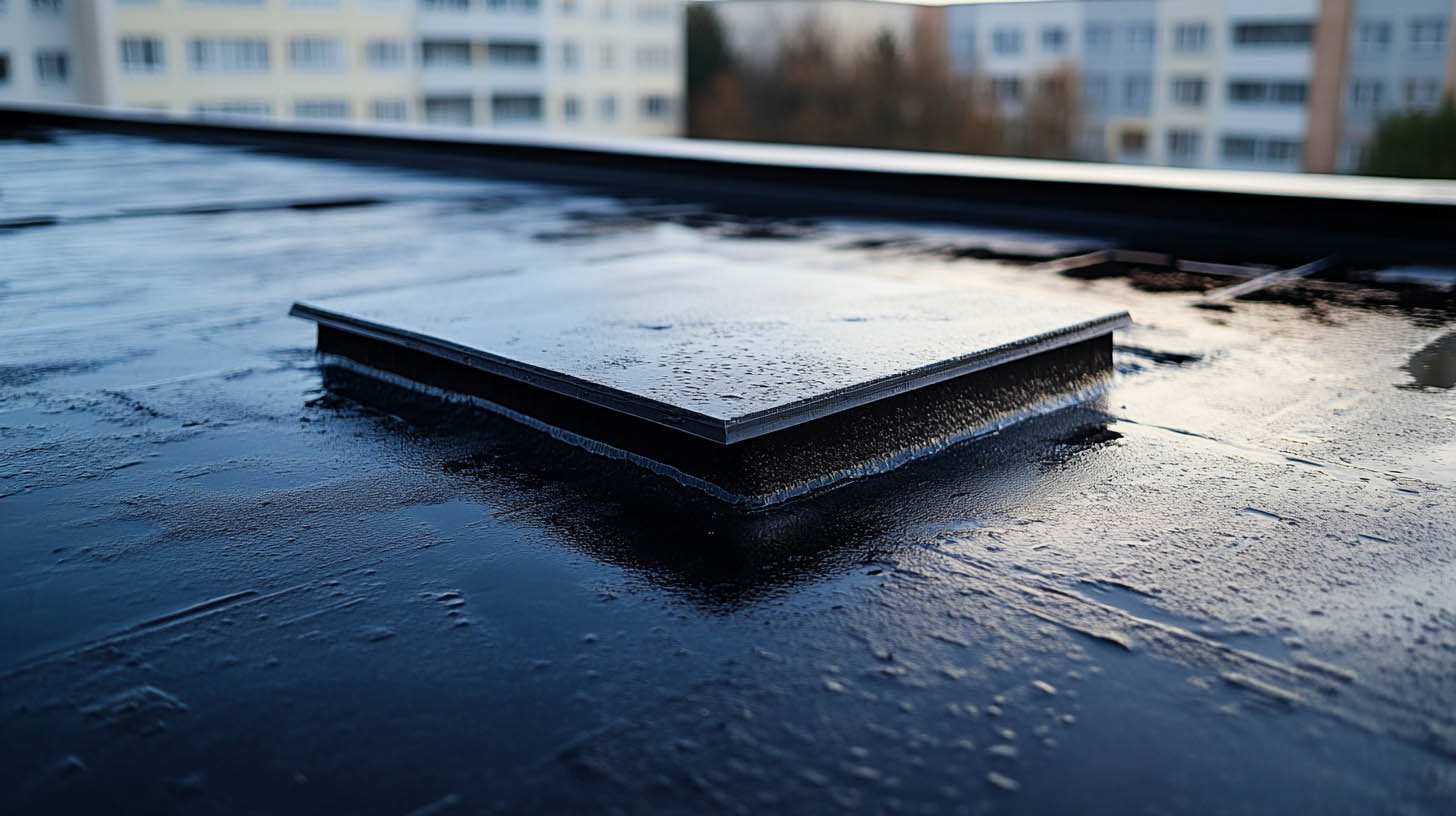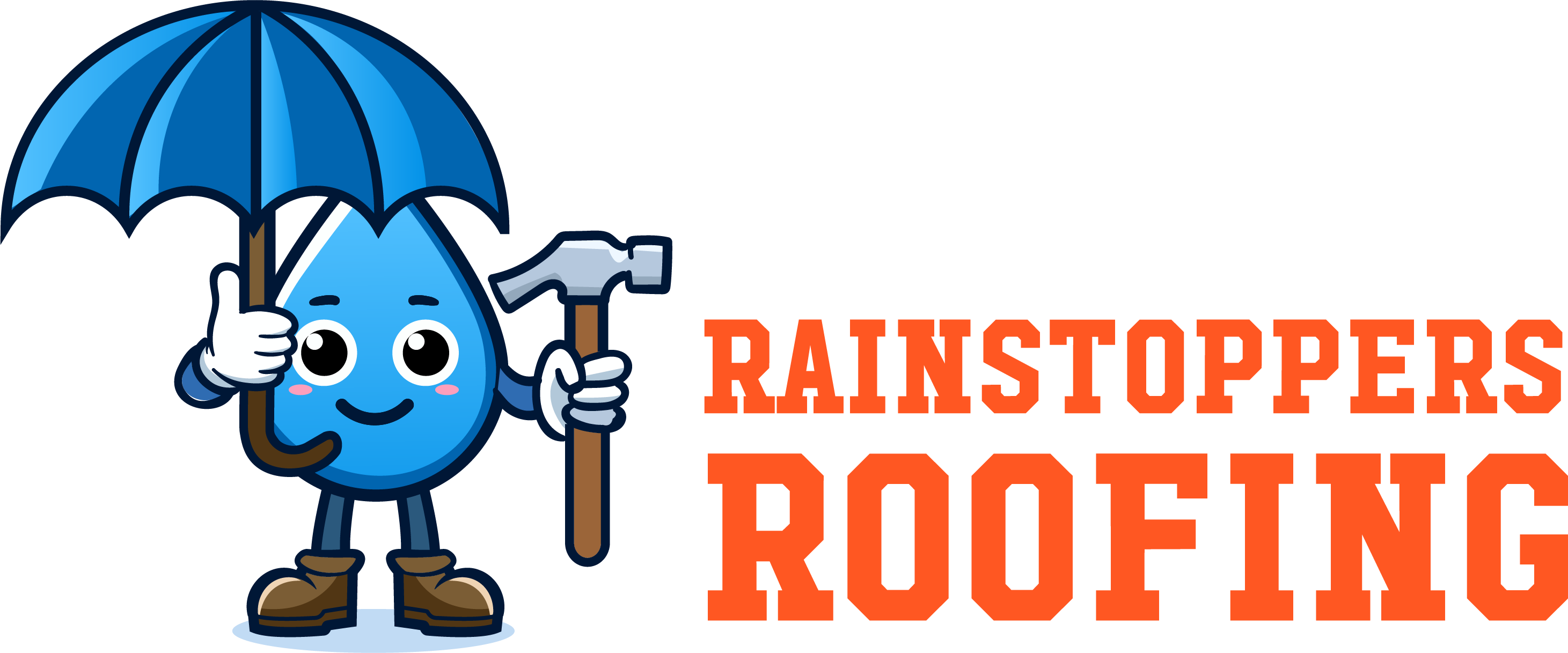
Flat roofs offer a sleek, modern aesthetic, but their unique structure poses drainage challenges. Proper drainage is critical to prevent water pooling, leaks, and structural damage. Consulting experts like Rainstoppers Roofing in Charleston, WV, ensures your flat roof remains functional and durable for years to come.
Benefits and Drawbacks of Flat Roofs
Flat roofs are increasingly popular for residential and commercial buildings. While they offer several advantages, they also require specific maintenance due to drainage issues.
Pros of Flat Roofs
- Accessibility: Flat roofs are easier to access for repairs and maintenance.
- Cost-Effectiveness: They are typically more affordable than pitched roofs, with materials like EPDM being budget-friendly.
- Utility: Perfect for installing solar panels or creating rooftop gardens.
Cons of Flat Roofs
- Drainage Challenges: Without proper drainage systems, water pooling can damage the roof structure.
- Routine Maintenance: Requires regular cleaning and inspections to prevent water buildup.
Types of Flat Roof Drainage Systems
Internal Drains
Internal drains are installed on the roof’s surface and connect to pipes within the building’s walls. These pipes direct water away from the structure. Filters or mesh screens prevent debris from clogging the drains, maintaining efficiency.
Siphonic Drains
Siphonic drains use negative pressure to pull water into the system, rather than relying solely on gravity. They are highly efficient and ideal for regions with heavy rainfall. However, their complexity requires professional installation and calibration based on local precipitation.
Scuppers
Scuppers are openings in the roof edge, allowing water to flow off directly. While cost-effective, they work best with a slightly pitched roof to guide water toward the scuppers.
Traditional Gutters
Flat roofs with minimal pitch can also use traditional gutters. Gutters effectively collect and direct water away from the building, either as a primary or supplementary drainage system.
Choosing the Right Drainage System for Your Flat Roof
The ideal system depends on several factors, including roof design, climate, and budget. For instance:
- High-rainfall areas: Siphonic drains or internal drains provide effective solutions.
- Minimal budget: Scuppers or traditional gutters offer affordability and simplicity.
Maintenance Tips for Flat Roof Drainage
- Regularly inspect and clean drains, scuppers, and gutters to prevent blockages.
- Ensure filters are intact and functional for internal drainage systems.
- Remove debris and standing water after heavy rains to avoid structural damage.
- Schedule annual professional inspections to address potential issues.
Unique Fact: Siphonic Drain Efficiency
A siphonic drain system can remove up to four times more water than a traditional gravity drain, making it a top choice for regions with intense rainfall.
Conclusion
Investing in a reliable drainage system is essential for preserving the integrity of a flat roof. From siphonic drains to traditional gutters, each system serves a specific purpose. Partnering with Rainstoppers Roofing ensures proper installation and maintenance, maximizing the lifespan of your flat roof.
FAQs
Q1: Can I use multiple drainage systems on one flat roof?
Yes, combining systems like gutters and scuppers can enhance drainage efficiency.
Q2: How often should flat roof drainage systems be cleaned?
Clean drainage systems every three months or after major storms to prevent blockages.
Q3: Are siphonic drains suitable for residential homes?
Yes, but they require professional installation and are most effective in areas with frequent heavy rain.
Q4: What happens if a flat roof has no drainage system?
Water pooling can lead to leaks, structural damage, and mold growth, significantly reducing roof lifespan.
Q5: Are internal drains more expensive to install?
Internal drains involve more complex installation, making them costlier than scuppers or gutters.To find out how to choose the right roof decking for your home, click here.
